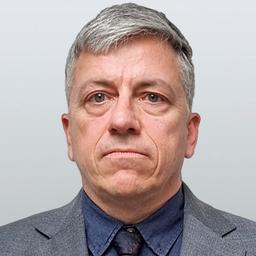North Korea has suffered 4,700 casualties, including 600 deaths, in the conflict in Ukraine, South Korea’s spy agency told lawmakers at a briefing on April 30.
The South Korean National Intelligence Service (NIS) gave a secret briefing on the issue to a parliamentary committee, and Lee Seong Kweun, one of the lawmakers who attended the meeting, later told reporters what had been said.
Lee, who represents the conservative People’s Power Party, said the NIS officials said 2,000 injured soldiers had been sent back to North Korea by air or train between January and March.
He said the NIS said the dead North Korean soldiers were cremated in Russia and that their remains were then transported home.
“After six months of participation in the war, the North Korean military has become less inept, and its combat capability has significantly improved as it becomes accustomed to using new weapons such as drones,” Lee said.
No Sign of Payment for Missiles
He said North Korea had sent billions of dollars’ worth of missiles and artillery to Russia, but the NIS had not detected signs of any cash transfers from Moscow to Pyongyang.But Kim, who represents the liberal Democratic Party, said the NIS believed that Russia had given North Korea air defense missiles, electronic warfare equipment, drones, and technology for spy satellite launches.
In January, the NIS estimated that 300 North Korean soldiers had died and that another 2,700 had been injured.
In December 2024, Ukrainian President Volodymyr Zelenskyy said North Korea had suffered “very significant” losses in the Kursk region.
According to the Pentagon, 10,000 North Korean troops were initially deployed in 2024 in the Kursk region to fight the Ukrainians.
They include the Storm Corps, an elite special forces unit.
In the statement, Kim referred to the soldiers as “heroes,” saying that their deployment demonstrated the “firm alliance” between the two countries.
The statement went on to say that the North Korean soldiers “fully demonstrated their high fighting spirit and military temperament and made an important contribution to annihilating the Ukrainian neo-Nazi forces and liberating the territory of the Russian Federation by displaying mass heroism, matchless bravery and self-sacrificing spirit.”
Russia has also recently confirmed that North Korean soldiers were fighting alongside its forces against the Ukrainian incursion in the Kursk region—the first such admission by the Kremlin about North Korea’s involvement.
North Korea has also supplied large quantities of artillery shells to Russia, helping the country maintain its regular bombardment of the Ukrainian lines, especially in the Donbas region, where the Russians are making a steady, slow advance.
Kremlin’s Cease-Fire Offer
On April 28, the Kremlin announced a three-day cease-fire in Ukraine, starting on May 8.The Kremlin, on its Telegram channel, stated, “By order of the supreme commander-in-chief of the armed forces of the Russian Federation, Vladimir Putin, the Russia side, guided by humanitarian motives, announces a cease-fire for the celebrations of the 80th anniversary of victory in the Great Patriotic War.”
It said the truce would last from midnight Moscow time on May 8 to midnight on May 11.
Ukraine, in response, questioned why Russia would not assent to its call for an immediate 30-day cease-fire.







